Ultrasonic Sensors
Contents
Ultrasonic Sensors are widely used for non-contact proximity, presence and distance measuring applications. These devices work on a similar principle of sonar or radar which evaluates the target by interpreting the echo from sound or radio waves. It emits a short high frequency sound waves and evaluates echo which is reflected back from the target. Sensors uses the time interval between sending the sound waves and receiving the echo to determine the distance of target. Most of the ultrasonic sensors are equipped with temperature compensation circuit to avoid changes in readings due to temperature changes.
Ultrasonic Sensors can work in 3 different modes :
- Thru-Beam
- Diffuse Reflective
- Retro Reflective
Thru-Beam Mode Ultrasonic Sensor

In this mode ultrasonic transmitter and receiver are two separate units as shown in the above diagram. Transmitter emits high frequency sound waves and receiver detects it. A target can easily detected when it block the signals send by the transmitter.
Diffuse Reflective Mode Ultrasonic Sensor

In this mode Ultrasonic transmitter and receiver are put together in a single package as shown in the above diagram. The ultrasonic transmitter continuously emits high frequency sound waves. When a target comes within the operating range of the sensor, the receiver will get the echo reflected from the target.
Retro-Reflective Mode Ultrasonic Sensor

In this mode we are using one more component called Retro-Reflector. As in the previous case transmitter and receiver are in the same package. Usually this mode is used to detect target which is far from the sensors. The retro-reflector is placed a little far away from the Ultrasonic Sensors. The high frequency sound waves emitted by the transmitter is reflected by the retro-reflector and it is detected by the receiver. Thus when a target comes across the sensor and retro-reflector the ultrasonic waves will not reflected back to receiver. Here is one problem, the wave may get reflected from the target itself, to avoid this a polarizing filter is used in the sensor such that it detects only the wave reflected from the retro-reflector.
Ultrasonic Distance Sensor : PWM Output

The PING ))) Ultrasonic Sensor detects objects or measure distance by emitting a short ultrasonic burst and listening for its echo. Its operation is explained in the following steps.
- The host microcontroller provides a trigger pulse.
- The sensor emits a short 40 KHz ultrasonic burst.
- The output of the Sensor becomes High.
- The ultrasonic burst travels through air about a speed of 1300 feet per second.
- The ultrasonic waves hits a target and gets reflected back.
- The sensor detects the echo.
- The output of the Sensor becomes Low.

Ultrasonic Distance Sensor : Serial ASCII Output
Compared to PWM output sensor, ASCII output sensors are more easier to programming. It directly provides the measured distance in ASCII format. It can be easily interfaced with a microcontroller using USART. Just connect the output of the sensor to RX pin of the microcontroller. For example take Rhydolabz product. It can accurately measure distances from 2cm to 4m and works at 5V DC power. Unlike PWM output sensors it is automatically triggered in every 500ms. It provides ASCII output at 9600 baud rate via UART and the output distance is in centimeters (cm).








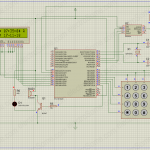
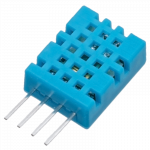
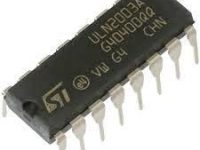

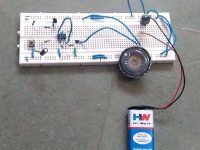

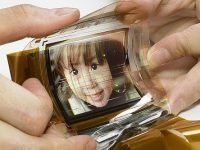
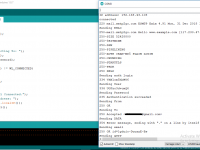
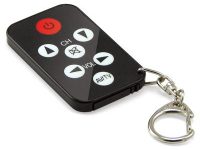
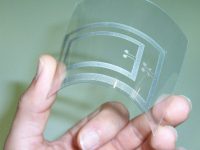
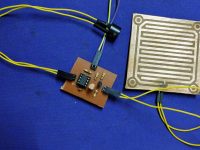
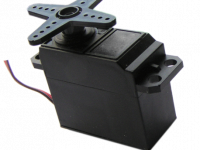
Sorry, I don’t have much idea about it. You need to do a lot of research for that.
Hii sir is it possible to use this sensor under soil(in casing) to check the soil moisture .The Echo return time will depend upon the property of soil means moisture and hence we can calibrate that time directly in terms of moisture content. please reply asap..
Yes, possible.
is i possible to control the brake of automotive by enabling these sensor output to microcontroller ?????
can we